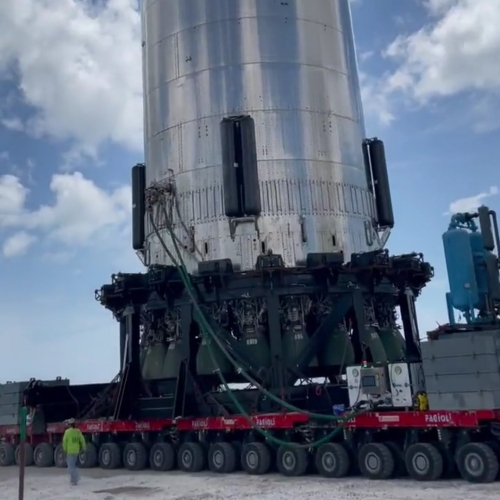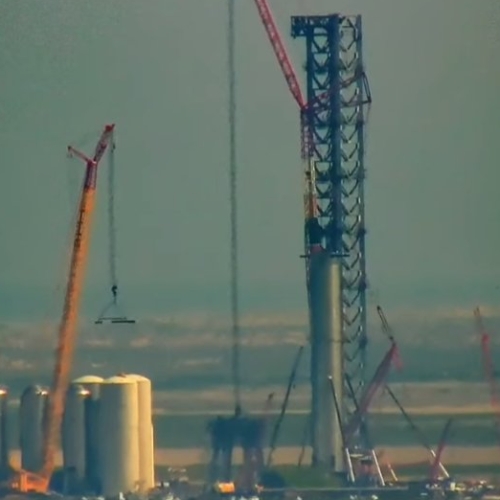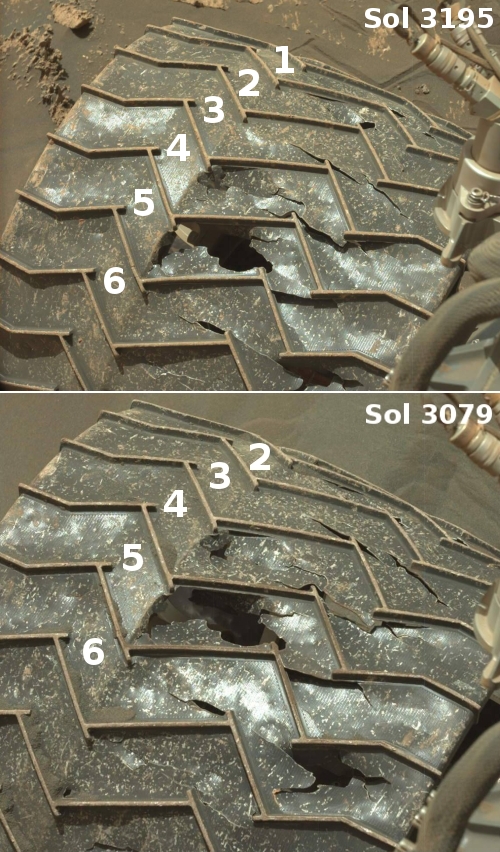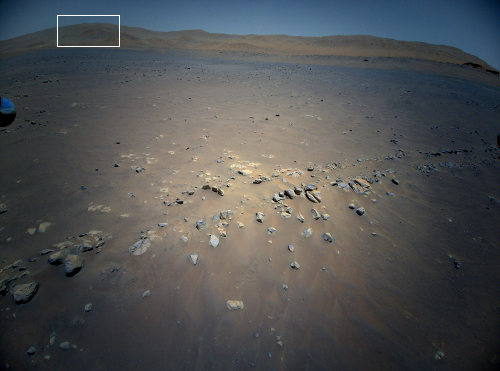Curiosity: Nine years since landing on Mars and the way forward
In today’s Curiosity update written by planetary geologist Abigail Fraeman, she noted this significant fact:
Project scientist Ashwin Vasavada pointed out a great fact at the beginning of planning today: At around 4 o’clock in the afternoon on Sol 3199 (the first sol in the plan we are creating today), Curiosity will begin its 10th Earth year on Mars. In the last nine years, the rover has traveled 26.3 km [16.3 miles], climbed over 460 m [1,509 feet] in elevation, and collected 32 drilled samples of rock.
Her update includes the first image taken by Curiosity upon landing, a view of Mount Sharp using the rover’s front hazard camera. In that picture, the mountain is far away, as the rover was sitting on the flat floor of Gale Crater.
The photo above, cropped and enhanced to post here, was taken yesterday by one of Curiosity’s navigation cameras, and looks out across the rocky mountainous terrain the rover is soon to travel. As Fraeman also notes,
» Read more
In today’s Curiosity update written by planetary geologist Abigail Fraeman, she noted this significant fact:
Project scientist Ashwin Vasavada pointed out a great fact at the beginning of planning today: At around 4 o’clock in the afternoon on Sol 3199 (the first sol in the plan we are creating today), Curiosity will begin its 10th Earth year on Mars. In the last nine years, the rover has traveled 26.3 km [16.3 miles], climbed over 460 m [1,509 feet] in elevation, and collected 32 drilled samples of rock.
Her update includes the first image taken by Curiosity upon landing, a view of Mount Sharp using the rover’s front hazard camera. In that picture, the mountain is far away, as the rover was sitting on the flat floor of Gale Crater.
The photo above, cropped and enhanced to post here, was taken yesterday by one of Curiosity’s navigation cameras, and looks out across the rocky mountainous terrain the rover is soon to travel. As Fraeman also notes,
» Read more












